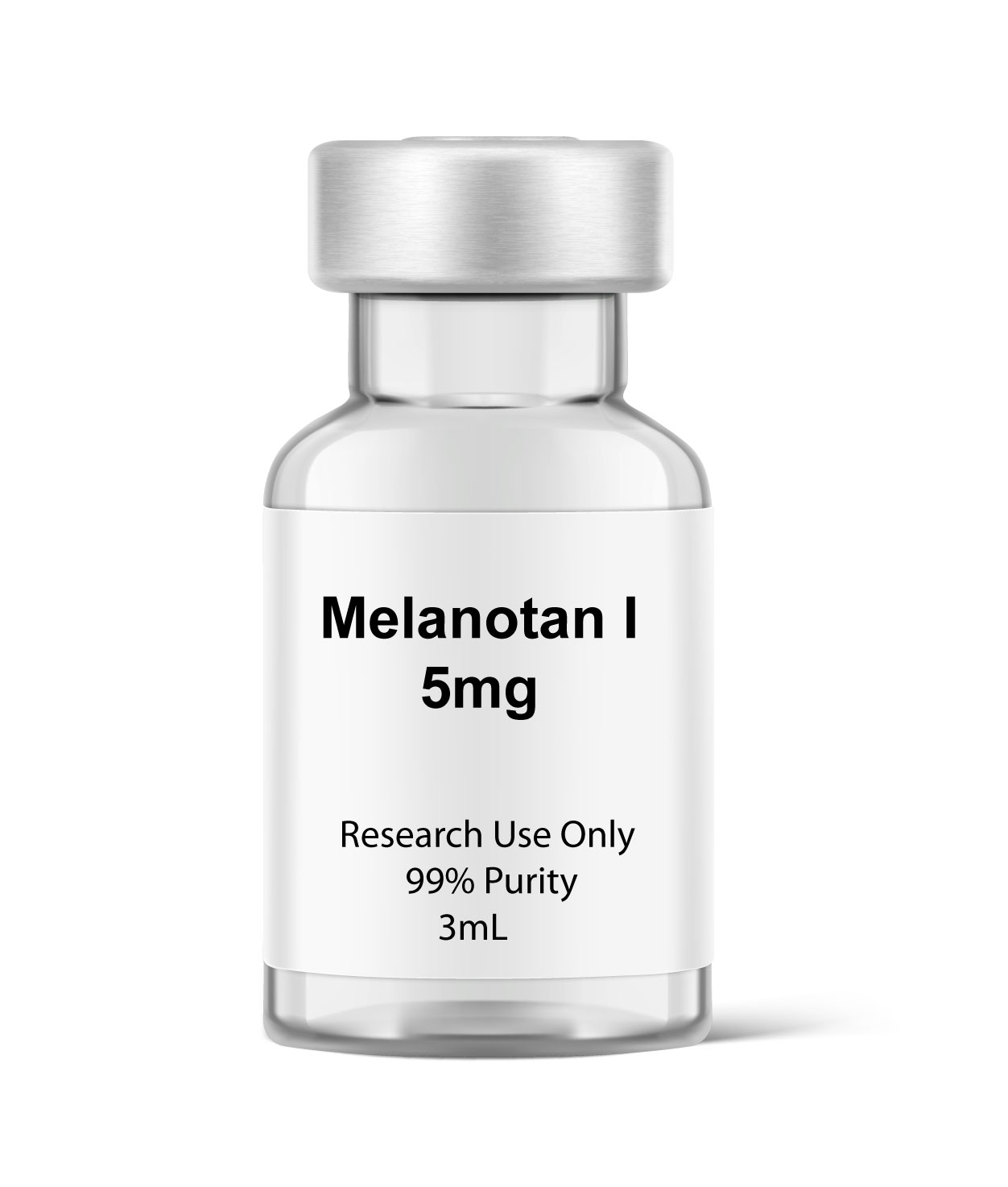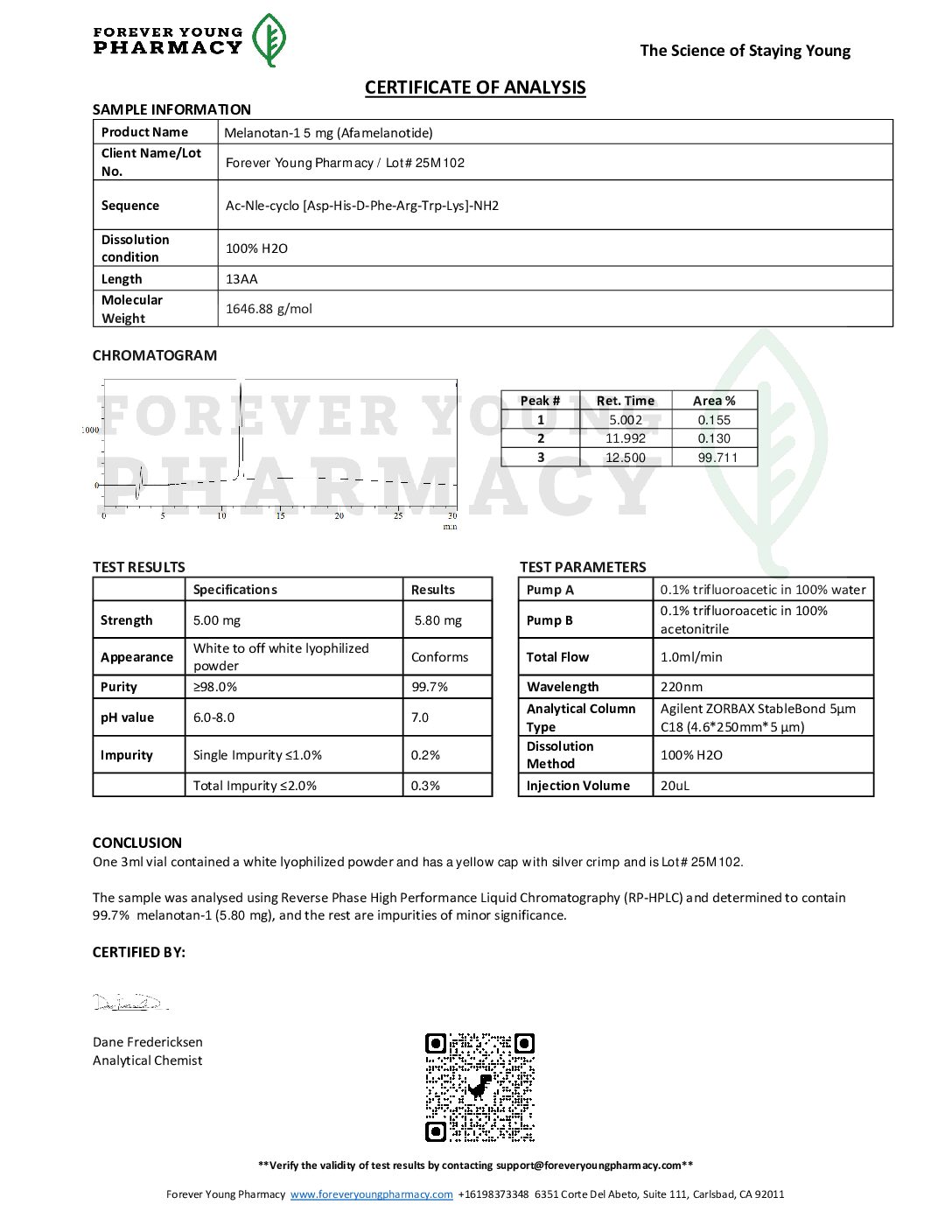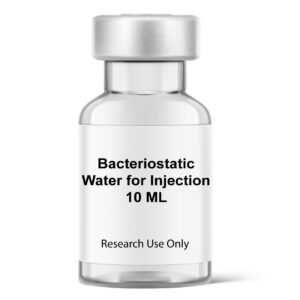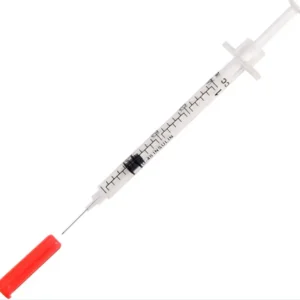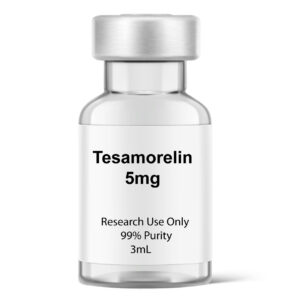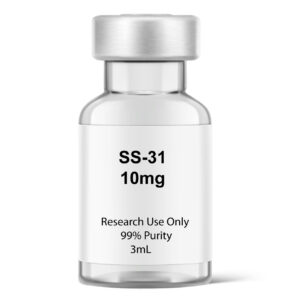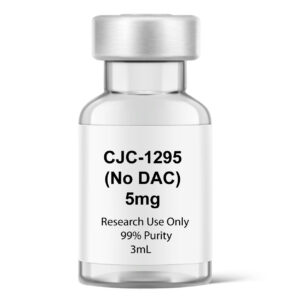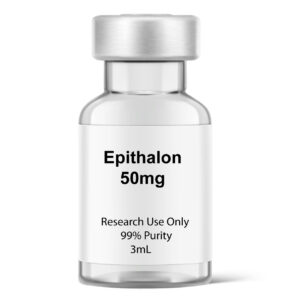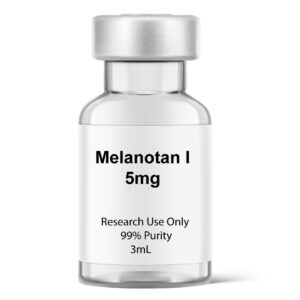Introduction to Melanotan I
Melanotan I, also known as afamelanotide, is a synthetic peptide analogue of the naturally occurring alpha-melanocyte-stimulating hormone (α-MSH). Originally developed through scientific inquiry into pigmentation pathways and photoprotection mechanisms, Melanotan I has been studied for its ability to influence melanin production through selective receptor activity.
In certain countries, Melanotan I has been evaluated in clinical settings, particularly in relation to rare genetic conditions involving light sensitivity. However, in the United States, Melanotan I is not approved by the FDA for any therapeutic, diagnostic, or cosmetic use. This compound is offered strictly for research and laboratory purposes only.
While some interest has emerged around Melanotan I’s influence on skin pigmentation, it is not intended for tanning or cosmetic enhancement, nor is it approved for human use. Any off-label or non-research application is discouraged and not supported by the seller.
How Melanotan I Works
Melanotan I functions as a selective melanocortin receptor agonist, with primary affinity for the MC1R receptor, found on melanocytes—the pigment-producing cells of the skin. Activation of MC1R leads to intracellular signaling cascades, notably the upregulation of cyclic adenosine monophosphate (cAMP), which in turn promotes melanin synthesis.
This process has been of interest in research contexts exploring melanogenesis (the biological production of melanin), UV radiation response, and the role of melanocortin peptides in skin pigmentation. Compared to its counterpart Melanotan II, Melanotan I exhibits more targeted receptor activity, minimizing broader physiological effects and focusing on pigmentation pathways.
It is important to note that while Melanotan I has been researched for its photobiological properties, these findings are preliminary and intended for informational purposes related to ongoing peptide research.
Key Research Areas
Melanotan I has been studied for its role in supporting melanogenesis in laboratory models, particularly those investigating protective biological responses to UV light. This peptide’s selective action on the MC1R receptor may offer insights into future applications related to photoprotection and pigmentary regulation.
Some research has evaluated the effects of increased melanin production as a natural defense mechanism against UV exposure in specific clinical scenarios. However, these investigations are still emerging, and Melanotan I has not been proven safe or effective for use in humans outside of controlled studies.
Importantly, unlike Melanotan II, Melanotan I does not display affinity for melanocortin receptors MC3R or MC4R, and thus does not interact with pathways related to appetite or libido. Its selectivity makes it a subject of interest in studies focused specifically on pigmentation, rather than broader systemic effects.
This product is not intended for tanning, cosmetic, dietary, or therapeutic use. All information provided is strictly for academic, research, or scientific purposes.
Certificate of Analysis
Below are the technical details for Melanotan I, including its chemical sequence, molecular formula, and other relevant properties.
Property | Description |
|---|---|
Chemical Sequence | Ac-Ser-Tyr-Ser-Nle-Glu-His-D-Phe-Arg-Trp-Gly-Lys-Pro-Val-NH2 |
CAS | 75921-69-6 |
Molecular Formula | C78H111N21O19 |
Molecular Weight | 1646.85 g/mol |
CID | 16154396 |
Appearance | White Lyophilized Powder |

